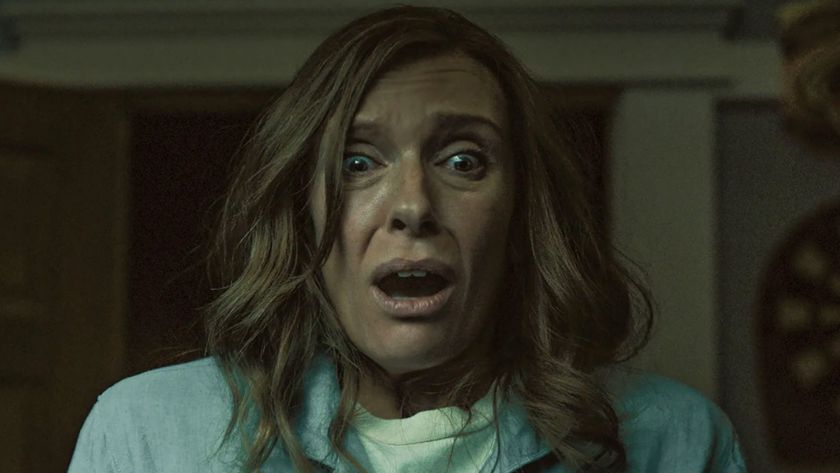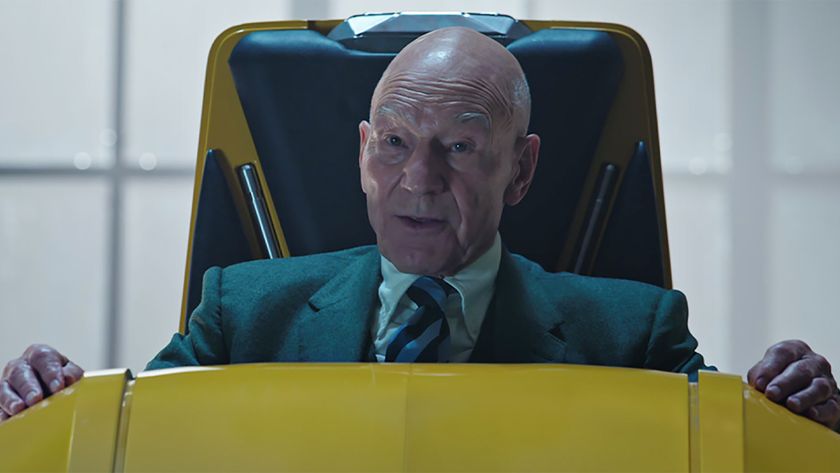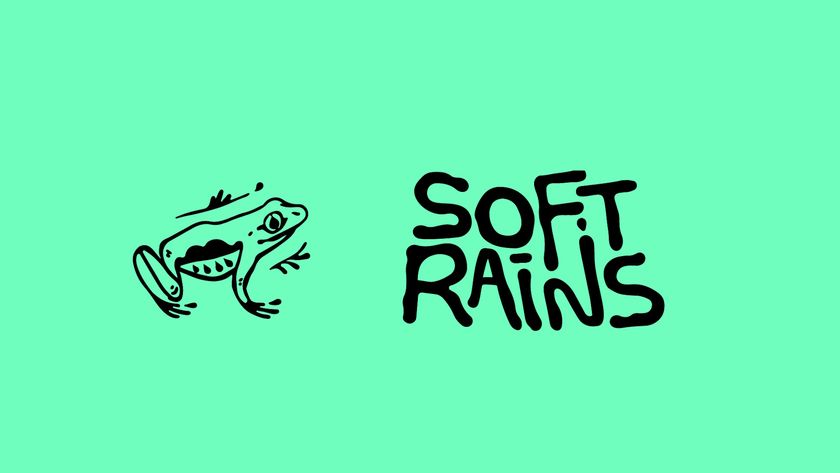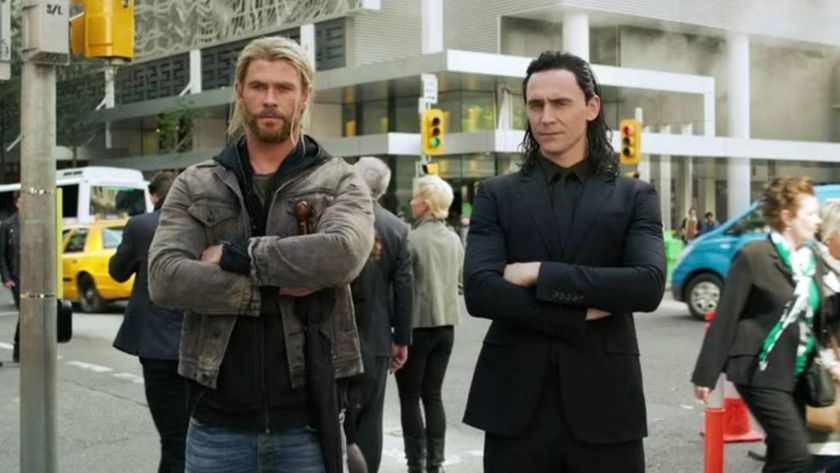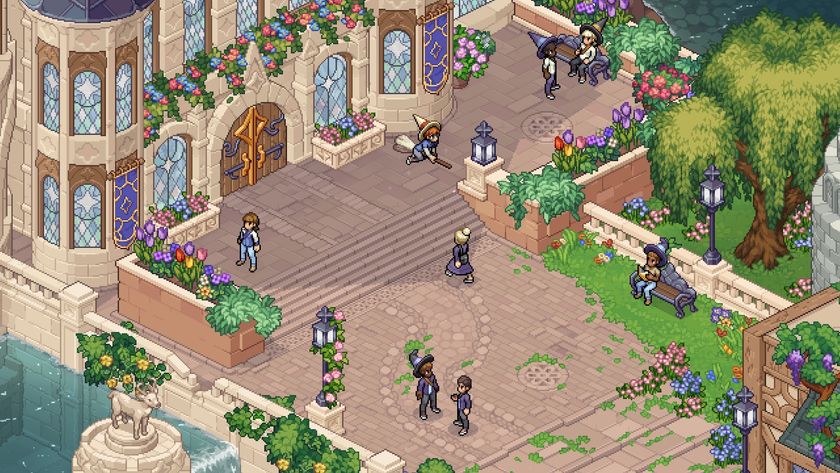'The stealth bit' and 6 other game design fads we're glad are gone
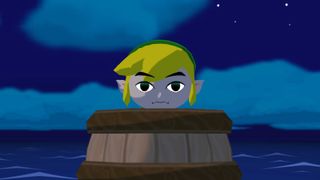
Are we really doing this?
Sometimes, everyone gets swept up in an idea for a few months. Maybe it was cool the first time, but pretty soon everyone starts to get sick of it. Gaming's had more than its fair share of them on a wider scale, like motion control (*retch*) and 3D gaming (*stares sadly at 600 TV*), but they're obvious. What isn't so obvious is fashionable game design.
Turns out there's a load of stuff in games we used to simply accept as normal, but now appears quaint at best. Joni Mitchell sung that you 'don't know what you've got 'til it's gone', but there are two ways of reading that. You miss good things, yes, but you also know something's bad when the mere thought of it makes you thankful it's over.
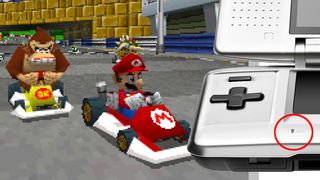
Blowing on the mic
This used to be in every DS game. Need to darken a candle-lit room? Blow on the mic. Need to reinflate your balloons in Mario Kart? Blow on the mic. Need to blow on the mic to blow on the mic? Well you're gonna love this!
Don't get me wrong, it was legitimately magical the first time. The second time it was still novel enough to be fun. But then every game did it. And it's such a relief to know that it doesn't get put in games any more. Blowing on the mic totally sucks. Or, more accurately, blows.

Voice Commands
There was a time when it was cool to talk to games. Seaman started it, before Nintendogs picked up, slobbered over, and ran with the idea, making every gaming commuter feel either ashamed or typically carefree when barking instructions into the mic in public. And, for a time, everyone thought voice control was the future. Binary Domain and Tom Clancy's EndWar both followed.
I have fond memories of EndWar registering a pronunciation of 'two' as 'three'. You can imagine how quickly that got old. "Two. Two. TWO. TWO!" Ah, happy times. These days, it's still seen in some games, but isn't quite as integral to the gameplay as it threatened to be. F1 2015 uses voice commands quite well (but they're hardly essential) and Kinect still uses them to decent effect. Although that incident where I burped and it tried to open the internet is well documented.

QTEs
One of my friends at uni always placed his control pad on the floor in front of him whenever a cut-scene began. No, it doesn't make sense to me either, but presumably he liked to give the cutscene his full attention. But that was in the days before QTEs. And now I can't help but think of him every time a button prompt flashes up on the screen. He is raging, fumbling for the pad as the fail screen appears. I don't think it's a coincidence that he doesn't play games any more.
Look, I'm not saying QTEs can't occasionally work. Rise of the Tomb Raider has a few acceptable ones, notably during bear encounters. In that instance, the kind of split-second reaction needed in order to save your head from being chowed like a cherry tomato works as a cinematic climax that keeps you involved in the action, while maintaining strict directorial control. But the kind of QTEs that mean you didn't really get to fight the T-Rex yourself in Tomb Raider: Anniversary should be (and largely have been) destroyed.

Film grain
I may have exaggerated that grain on the image up there. But at one point a few years ago, every game seemed to have a film grain filter. Ironic considering films haven't looked like that in forever. Films are crisp and detailed, capturing real life in a magical way no other medium has yet managed. Can we have that filter instead?
The likes of the original The House of the Dead popularised the effect on its level intro screens, before it moved into gameplay through the likes of Mass Effect and Silent Hill 2. It was most recently used in a big, modern game in The Evil Within, which may have forced widescreen borders on us (at least to begin with until it was patched), but that grain effect was thankfully able to be reduced or disabled completely in the options menu. Guess what? Doing so didn't reduce the atmosphere whatsoever. It just meant that the visuals didn't look like ocular sandpaper.
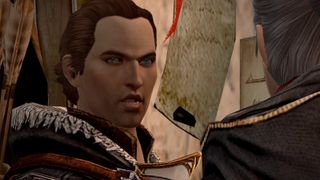
DLC in the box
Interesting one, this. Back when the pre-owned games market was supposedly threatening to kill AAA games forever, publishers started to introduce incentives to buy the boxed game new. The most prevalent of these was in-box DLC: extra playable content that you could only access if you entered the single-use code that came with the game, such as Dragon Age 2's initial run that came with DLC to unlock new missions and new character Sebastian Vael (pictured). If you bought the game second hand, you could play, but wouldn't have access to that extra bit. Interesting strategy.
These days, that's pretty much been abandoned in favour of Day One Special Editions and season passes, the latter of which can be sold to anyone who owns the disc at any time. At least that means diehards get some cool swag, second hand shops get their money, gamers aren't punished for buying the game used, and publishers can make money from massively-inflated special edition prices and premium DLC. Everybody's happy.
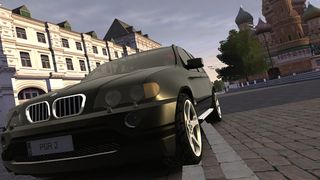
Custom soundtracks
The original Xbox's ability to rip CDs to its hard drive and play the songs in game felt like the future. It became so much a part of Project Gotham Racing 2 for me that I still get images of Moscow's KGB Corner flashing up whenever I hear the start of The Hell Song by Sum 41. Finding the perfect soundtrack yourself makes you feel like you could do a better job at designing games, while the publishers don't have to worry about pricey music rights.
Even so, custom soundtracks are pretty much gone. The reason is probably that they used to be mandatory for developers making Xbox 360 games, and now they're not. And as I ponder the tragic loss, I can't help thinking: 'ah well' and 'never mind'. Besides, you can always Snap Xbox Music if you really want to. Or put on a CD. Or play rap music through your phone's speaker down the mic so everyone can hear a tinny mess and mute you. That's what the kids are doing these days.
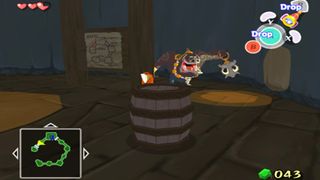
The stealth section
If you play The Legend of Zelda: Wind Waker now, you'll get a nasty surprise. Worse than Ocarina's Water Temple. Worse than Majora's Mask's 'Ben' creepypasta. Before you get to let loose to have fun exploring this amazing cel-shaded world, there's 'the stealth bit'. Because every game developed after Metal Gear Solid had to have one. It was the law.
This is going to shock you, but whether in Ocarina of Time or Wind Waker, Zelda's stealth sections aren't fun in the slightest. Worse still, impatience will only get you spotted, forcing you to start the whole damn thing again. That's the thing about sneaking - you can't dash through it. You're probably thinking 'but stealth is still in games' and you're right. From Assassin's Creed to Rise of the Tomb Raider, stealth is very much alive and kicking. But it's woven in. The obligatory stealth section is no longer obligatory. Even Metal Gear is making stealth optional, so the times have clearly changed. Thank goodness.

Justin was a GamesRadar staffer for 10 years but is now a freelancer, musician and videographer. He's big on retro, Sega and racing games (especially retro Sega racing games) and currently also writes for Play Magazine, Traxion.gg, PC Gamer and TopTenReviews, as well as running his own YouTube channel. Having learned to love all platforms equally after Sega left the hardware industry (sniff), his favourite games include Christmas NiGHTS into Dreams, Zelda BotW, Sea of Thieves, Sega Rally Championship and Treasure Island Dizzy.


